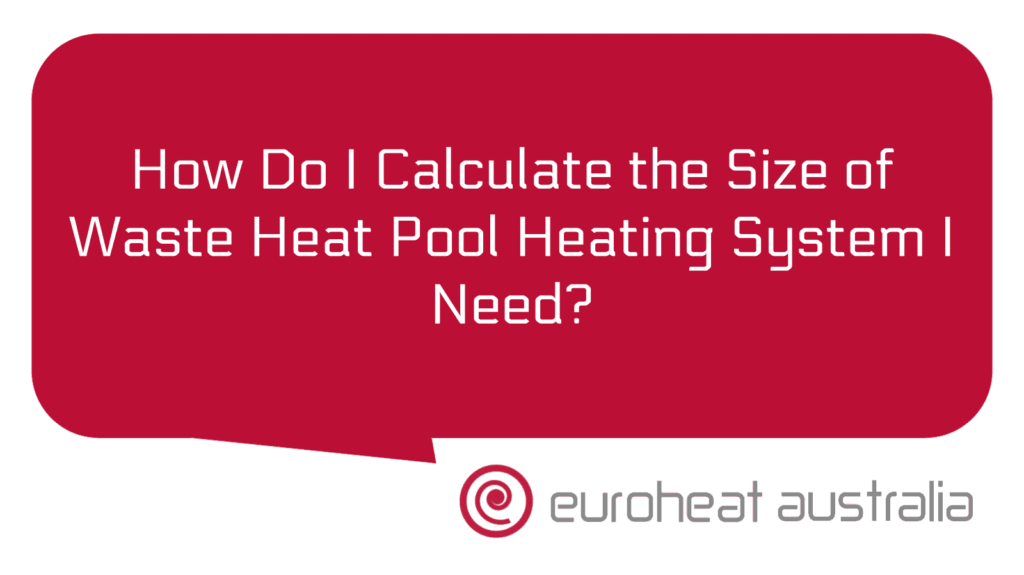When it comes to heating and cooling, there are many options available to homeowners in Australia. Hydronic heating and cooling systems are becoming increasingly popular due to their energy efficiency, cost savings, and convenience. A key component of any hydronic system is the heat exchanger. This device helps to ensure that the system runs efficiently and safely, while also providing a range of other benefits.
Heat exchangers are used in a variety of applications, from industrial processes to home heating and cooling systems. In hydronic systems, they allow for the transfer of heat between two different fluids or mediums without them coming into direct contact with each other. This is done by using a series of tubes that are filled with one of the fluids or mediums, while the other flows around them. As the two fluids pass through the tubes, heat is transferred from one to the other, allowing for efficient and effective heating or cooling.
There are several different types of heat exchangers available for use in hydronic heating and cooling systems. The most common type is known as a plate heat exchanger. These devices consist of multiple plates that have been sealed together with gaskets in order to form a single unit. The plates form channels which allow for efficient transfer of heat between two fluids without any mixing occurring between them. Plate heat exchangers are typically more efficient than traditional tube-and-shell designs due to their higher thermal efficiency rates and lower pressure drops.
Another popular type of heat exchanger used in hydronic systems is the shell-and-tube design. This type works by passing one fluid through a series of tubes while another fluid flows around them in an outer shell. Shell-and-tube designs can be either single pass or multi-pass, depending on how much energy needs to be transferred between two mediums during each cycle. These designs are typically more expensive than plate designs but offer greater flexibility when it comes to controlling temperatures and flow rates within the system as they can accommodate multiple passes at once.
The third type of heat exchanger commonly used in hydronic systems is known as an air-to-water heat exchange unit (AHU). This type works by transferring heated air from outside into an enclosed space where it exchanges its thermal energy with water flowing through pipes inside that space before being released back outside again via exhaust vents or fans. AHUs are generally less efficient than either plate or shell-and-tube designs, but they provide greater flexibility when it comes to controlling temperatures within the system since air can be heated or cooled depending on what’s needed at any given time during operation.
The benefits associated with installing a hydronic heating and cooling system include reduced energy bills due to increased efficiency; improved air quality; lower maintenance costs; improved comfort levels; better temperature control; and reduced noise levels compared to traditional HVAC systems (heating, ventilation & air conditioning). Since these systems rely on water instead of electricity or gas as their main power source, they also help reduce greenhouse gas emissions by reducing fuel consumption associated with traditional HVAC systems while still providing effective results in terms of comfort & control over temperature fluctuations throughout your home all year round!
When you install & use a hydronic system you can expect to see significant reductions when it comes time for your next energy bill – imagine being able save up 30% on your electricity costs! That’s like taking $300 out of your utility bill every month! With Euroheat Australia’s experience & expertise in designing & constructing hydronic heating & cooling solutions since 1989 you can be sure that you’re getting top quality service from experienced professionals who understand exactly how these systems work – allowing you peace of mind knowing that your home will remain comfortable all year round without breaking your bank account!





